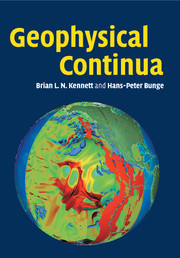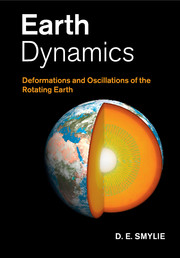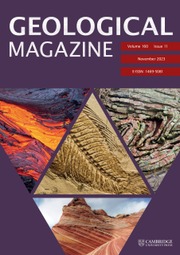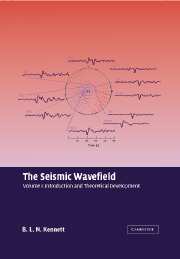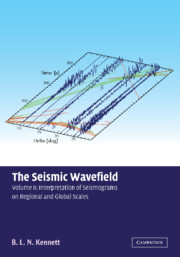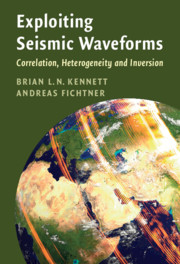Geophysical Continua
Geophysical Continua presents a systematic treatment of deformation in the Earth from seismic to geologic time scales, and demonstrates the linkages between different aspects of the Earth's interior that are often treated separately. A unified treatment of solids and fluids is developed to include thermodynamics and electrodynamics, in order to cover the full range of tools needed to understand the interior of the globe. The emphasis throughout the book is on relating seismological observations with interpretations of Earth processes. Physical principles and mathematical descriptions are developed that can be applied to a broad spectrum of geodynamic problems. Incorporating illustrative examples and an introduction to modern computational techniques, this textbook is designed for graduate-level courses in geophysics and geodynamics. It is also a useful reference for practising Earth scientists.
- Presents a unified treatment of deformation in solids and fluids, in order to explain internal Earth processes
- Uses worked examples and includes a set of exercises with full solutions that are available from: www.cambridge.org/9780521865531
- Demonstrates a broad set of geodynamic applications, within the lithosphere, mantle and core
Product details
July 2008Adobe eBook Reader
9780511406201
0 pages
0kg
This ISBN is for an eBook version which is distributed on our behalf by a third party.
Table of Contents
- 1. Introduction
- Part I. Continuum Mechanics in Geophysics:
- 2. Description of deformation
- 3. The stress field concept
- 4. Constitutive relations
- 5. Linearised elasticity and viscoelasticity
- 6. Continua under pressure
- 7. Fluid flow
- 8. Continuum equations and boundary conditions
- Part II. Earth Deformation:
- 9. From the atomic scale to the continuum
- 10. Geological deformation
- 11. Seismology and Earth structure
- 12. Lithospheric deformation
- 13. The influence of rheology - asthenosphere to the deep mantle
- 14. Mantle convection
- 15. The core and the Earth's dynamo
- Appendix. Table of notation
- Bibliography
- Index.

